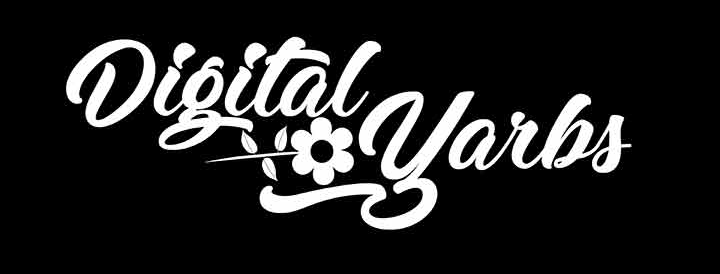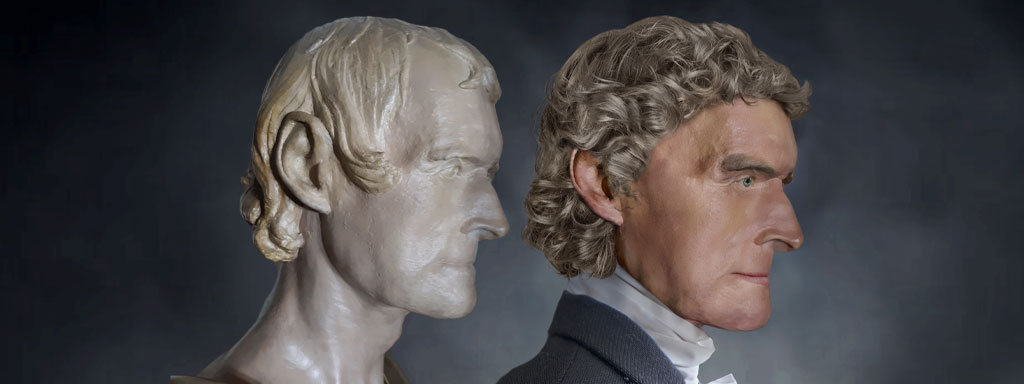The Real Face of Thomas Jefferson
Life Mask Reconstruction
What did Thomas Jefferson Look Like?
Think you know what Thomas Jefferson really looked like?We can actually know quite a lot—at least about his true facial structure and features.
In 1825, artist John Henri Isaac Browere cast Jefferson’s likeness in plaster, creating a life mask directly from the former president’s face. Browere also made a mask of Jefferson’s close friend James Madison.
Thanks to the lightness of Browere's plaster mixture, the faces were not distorted and were considered highly accurate likenesses.
The substance which Browere applied to his sitter's face was his own invention. Earlier sculptors had used plaster of Paris but that is heavy material and can distort the shape of the face. Browere experimented with different mixtures of plaster until he finally produced a light weight substance. The exact composition of the medium was a closely-guarded secret which Browere passed along only to his son Albertus and which Albertus transmitted to no one."
Jefferson endorsed his life mask bust, as did James and Dolley Madison when they saw it several days later. Madison even wrote:
“Per request of Mr. Browere, busts of myself and of my wife, regarded as exact likenesses, have been executed by him in plaister, being casts made from the moulds formed on our persons, of which this certificate is given under my hand at Montpelier, 19 October, 1825.”
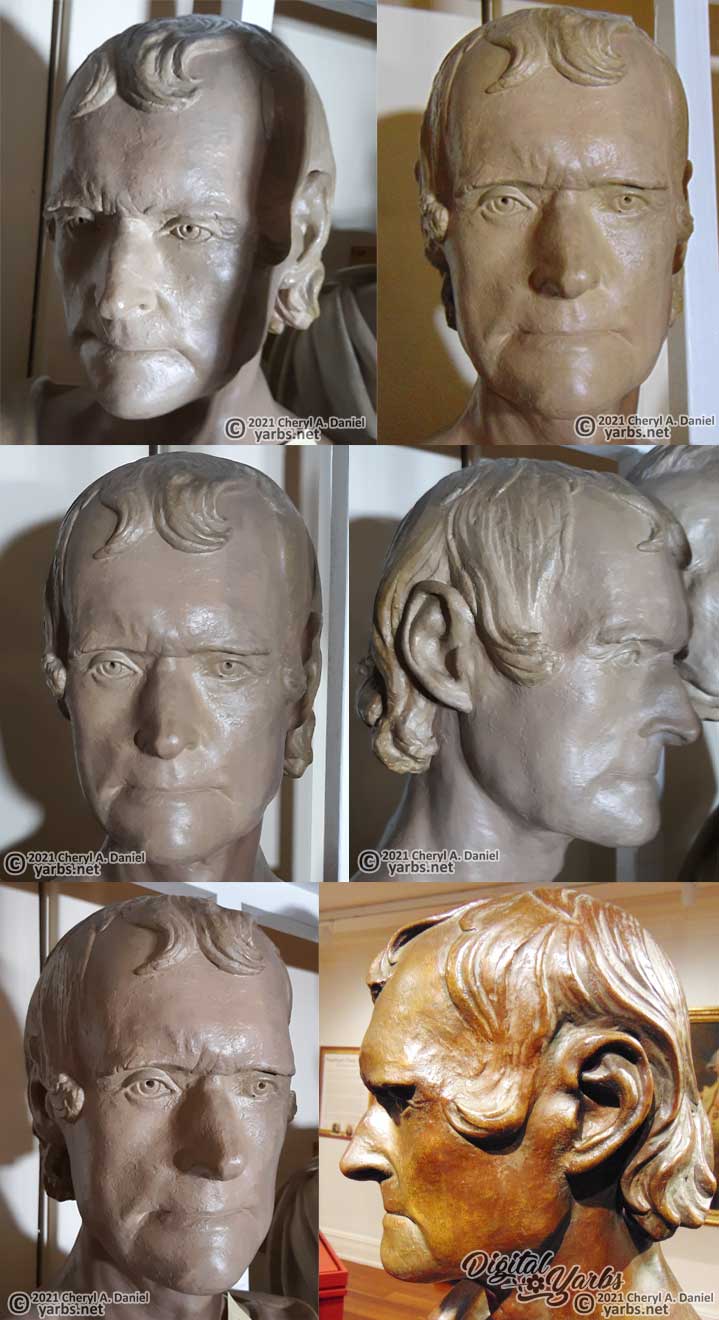
Using Photoshop and AI tools, I’ve reconstructed Jefferson’s appearance from Browere’s original life mask—restoring his natural red hair and showing him as he might have looked in midlife, with a little de-aging since the original mask was taken when Jefferson was in his 80s.
There seems to be no consensus on Jefferson’s eye color. His eyes were variously described by family, friends, and others as blue, gray, “light,” hazel, or combinations thereof. When at home, Jefferson preferred casual, comfortable clothing, so I’ve portrayed him as he might have appeared in a relaxed setting rather than in the formal attire seen in most portraits.

The life mask also reveals details rarely visible in paintings—such as Jefferson’s neck and Adam’s apple. Remarkably, Jefferson aged well, showing fewer wrinkles than Madison, whose life mask displays deep facial lines. Jefferson also retained all his teeth and was known to have freckles. I’ve worked carefully to remain true to the mask’s structure when adding brows, eyes, and lips, to show Jefferson as he truly was.
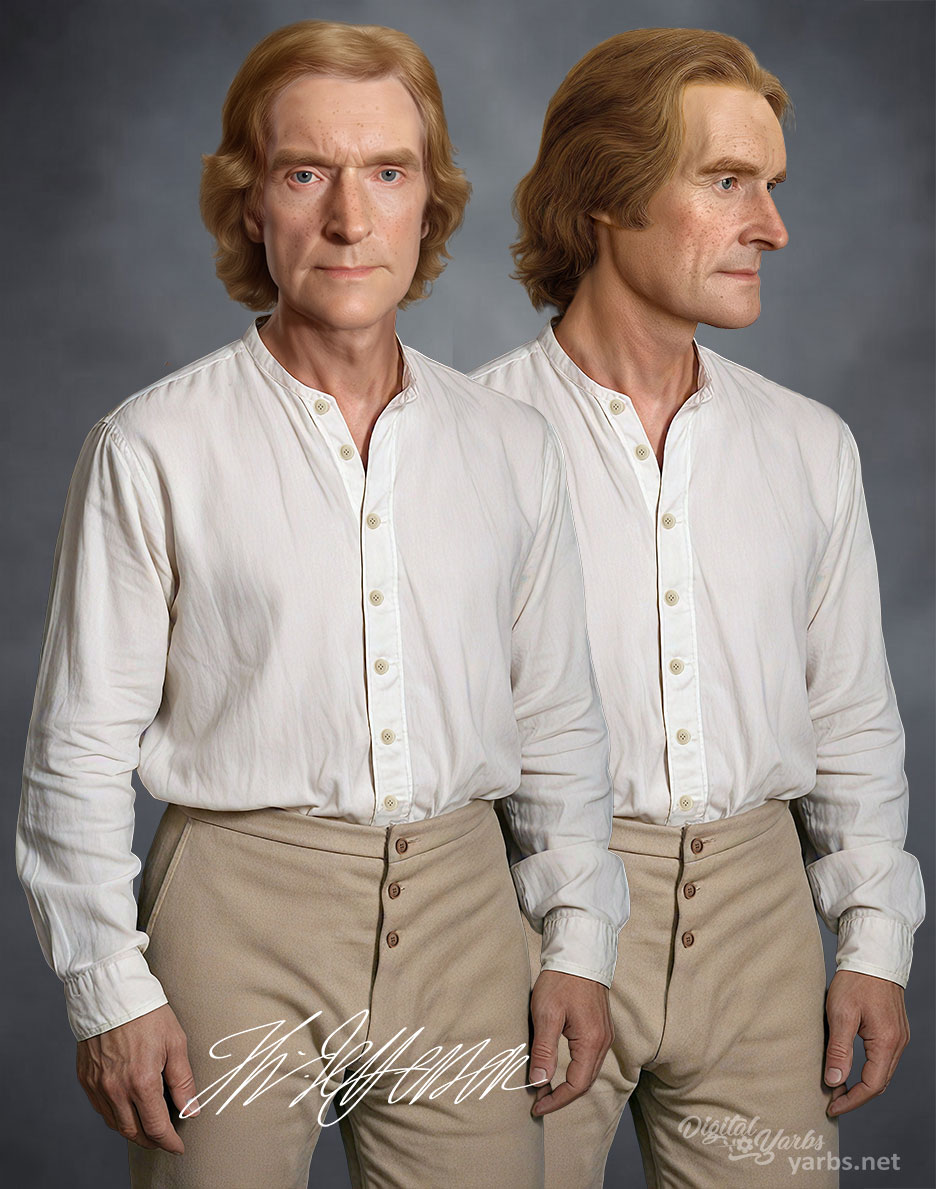
These are not AI “pump and dump” images. Each was crafted by hand in Photoshop, using AI tools only to assist in historical reconstruction. I hope you enjoy them.
The Browere life masks (in bronze form) are displayed at the Fenimore Art Museum in Cooperstown, New York. The Fenimore graciously allowed me to photograph the original plaster masks, which are normally kept in storage and not open to the public. A heartfelt thank you to the museum for that privilege!
Content creators: You’re welcome to use my images in videos, posts, or blogs for non-commercial purposes—just please credit me for the work.
Older Thomas Jefferson Life Mask Recontructions
Here are some earlier Photoshop-only reconstructions of the same Jefferson life mask, depicting him with gray hair. The original photos of the masks weren’t of the highest quality, but they were the best available to work with at the time.
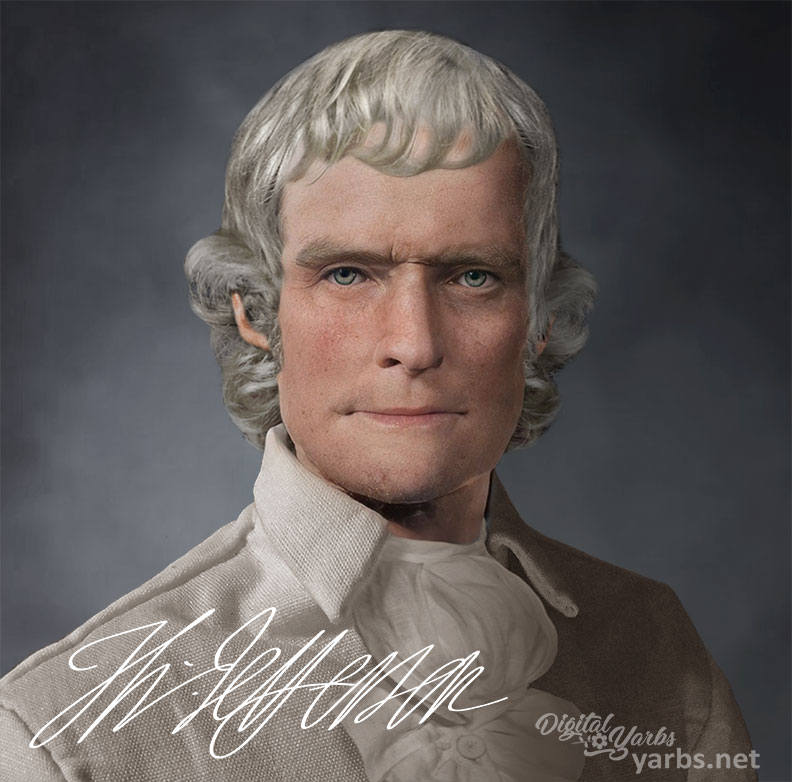
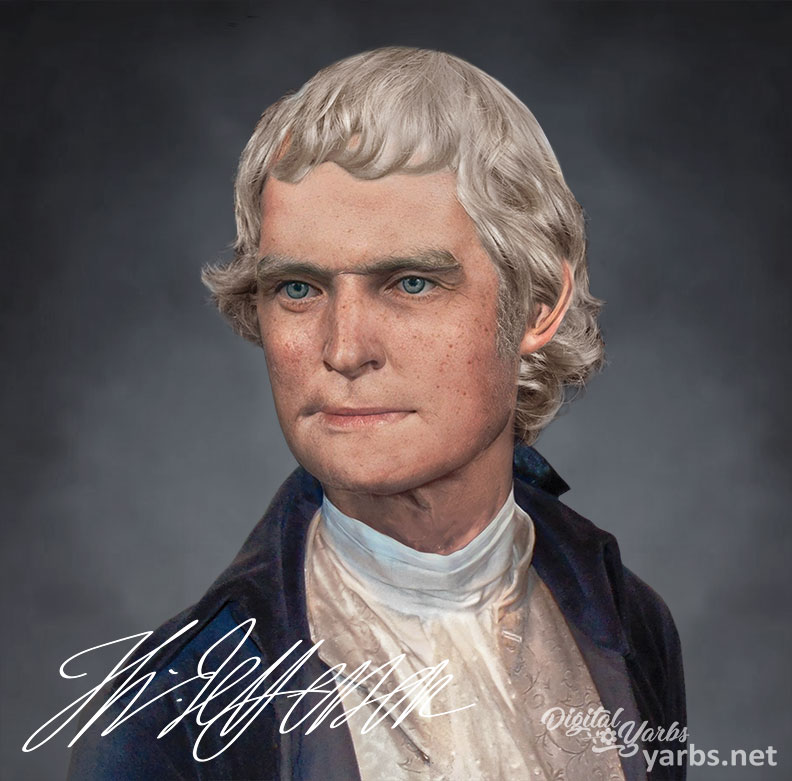
Digital Yarbs Complete Works
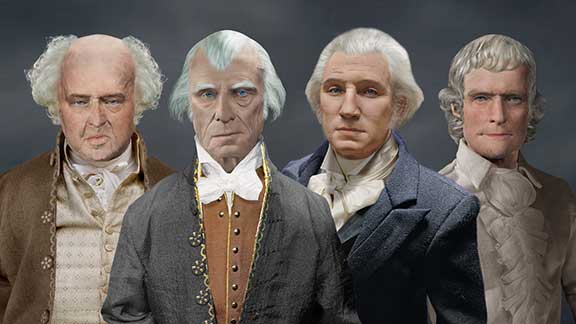
Life Mask Facial Reconstructions of History
Witness the authentic faces of historical figures reconstructed with the remarkable capabilities of Photoshop, utilizing actual plaster life mask castings of their heads and upper torsos.
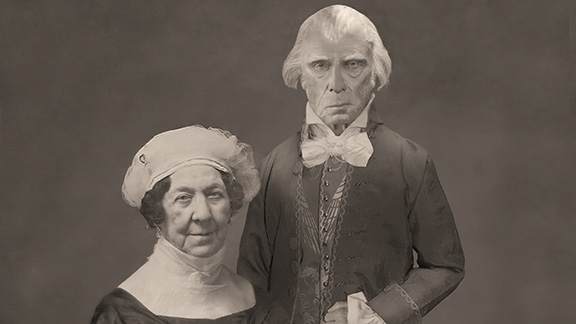
Lost Photographs of History
A captivating collection featuring daguerreotypes, color photographs, and artwork inspired by meticulously reconstructed life masks of prominent figures from American history, including the founding fathers.

Colorizations and Enhancements
Utilizing the powerful tools of Adobe Photoshop and AI, I breathe new life into vintage photographs and daguerreotypes by colorizing, enhancing, de-aging, and occasionally reconstructing them.
Latest Digital Yarbs Videos
Click that red subscribe button to stay up to date with my latest content.
 John Quincy Adams Speaks 1828-2025 (Brought to Life Interview by Miss Poovy) - Trailer
John Quincy Adams Speaks 1828-2025 (Brought to Life Interview by Miss Poovy) - Trailer
 The Real Faces of Marquis de Lafayette - Life Mask Facial Reconstructions and Modern Faces
The Real Faces of Marquis de Lafayette - Life Mask Facial Reconstructions and Modern Faces
 The Real Face of John Adams - Life Mask Facial Reconstruction and De-Aging
The Real Face of John Adams - Life Mask Facial Reconstruction and De-Aging
Click that red subscribe button to stay up to date with my latest content.
About Me

I am Cheryl A. Daniel, also known as Digital Yarbs, an ardent aficionado of both Photoshop and history. My passion lies in reconstructing life masks, statues, and busts of renowned early Americans and other prominent historical figures. At yarbs.net, you can delve into a captivating collection of reconstructions and animations derived from these life masks, showcasing how these subjects might have appeared in daguerreotypes and photographs. Along the way, I sprinkle fascinating historical tidbits to enrich your journey. Among my reconstructions, you will discover the faces of illustrious individuals such as George Washington, John Adams, Thomas Jefferson, James Madison, Dolley Madison, Marquis de Lafayette, Henry Clay, and an array of others!
See or purchase Digital Yarbs' works at these fine historical sites.
Like an image on this site?
Select images are available as signed/numbered high-quality archival giclee prints, limited edition canvases with a certificate of authenticity, and 4x6 premium matte postcards at Digital Yarbs Ebay Store.
What others are saying....
-
"Very Nice! Long live De Lafayette!"
-
"Excellent canvas print of our first president! Transaction was easy and quick. Would highly recommend seller to those interested in getting artwork of our Founding Fathers!"
-
"The postcards are fantastic, artistic creations, and scientific wonders. Shipping time was fast and the artist is honest, friendly, generous, and very forthright. I liked all the extra items sent."
-
"The artist and her art are impressive. The photo card arrived quickly and was mailed with care."
-
"Amazing work and quality. George was a handsome man and this picture does him justice, unlike the toothless, old man images of him. He was in his 50s when he became President. The only change I would make would be to show him with dark, reddish hair like he had in his youth. Thanks!"
-
"Great cards! Finally a real likeness of George Washington! So worth the price! Also, excellent card stock. Seller communication was great as well!"
-
"Love my GW print!! It brings George back to life! Highly recommend Cheryl's work."
-
"Beautifully done picture....George is a handsome guy!"
-
"Nicely done. Very pleased. Consider myself a knowledgeable person on George Washington and I am very impressed. Thank you"
-
"Now here is THE item to buy if you wish a view of what the Leading Lights of America looked like. I got this to harmonize with my 1815+or- House. It came, well packed, with a 'flock of documentation and information-'-a sure sign of a careful, and proud of their work; Vendor. The quality is above first rate. I had planned to place it in a 'Wally World' frame. NOPE, I will spend the money and have it done aright. In all things-Professional is the only word here. Buy some historic art for YOUR house, you will not be disappointed."
-
"Excellent service, product, and price"
